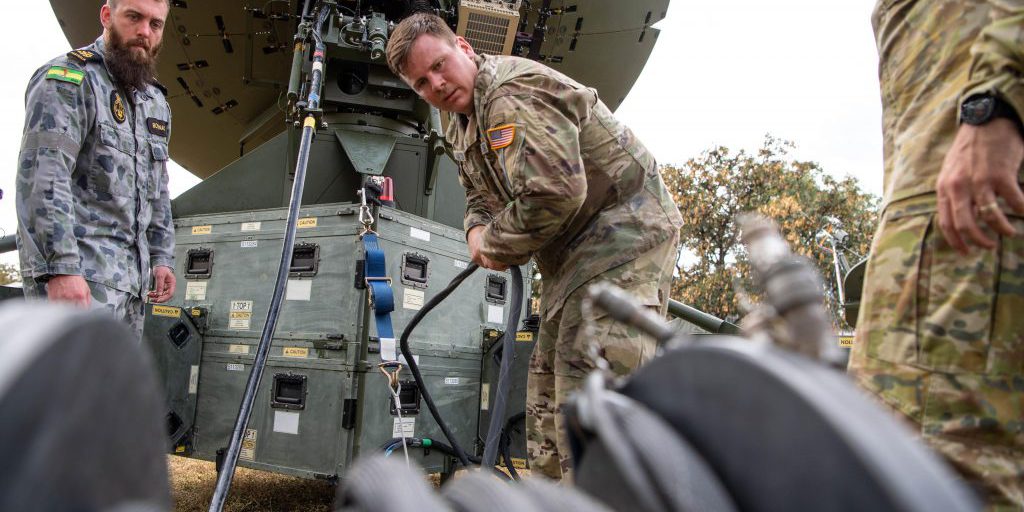The Defense Department relies on nuclear-armed bombers, submarines, and intercontinental ballistic missiles, as well as space-based sensors, to provide a strategic deterrence umbrella for the homeland and protect deployed forces, allies, and partners.
However, sensitive microelectronics used in these assets could be vulnerable to high levels of ionizing radiation caused by a number of factors, including cosmic rays in outer space, severe solar storms, and an electromagnetic pulse caused by a high-altitude nuclear detonation.


